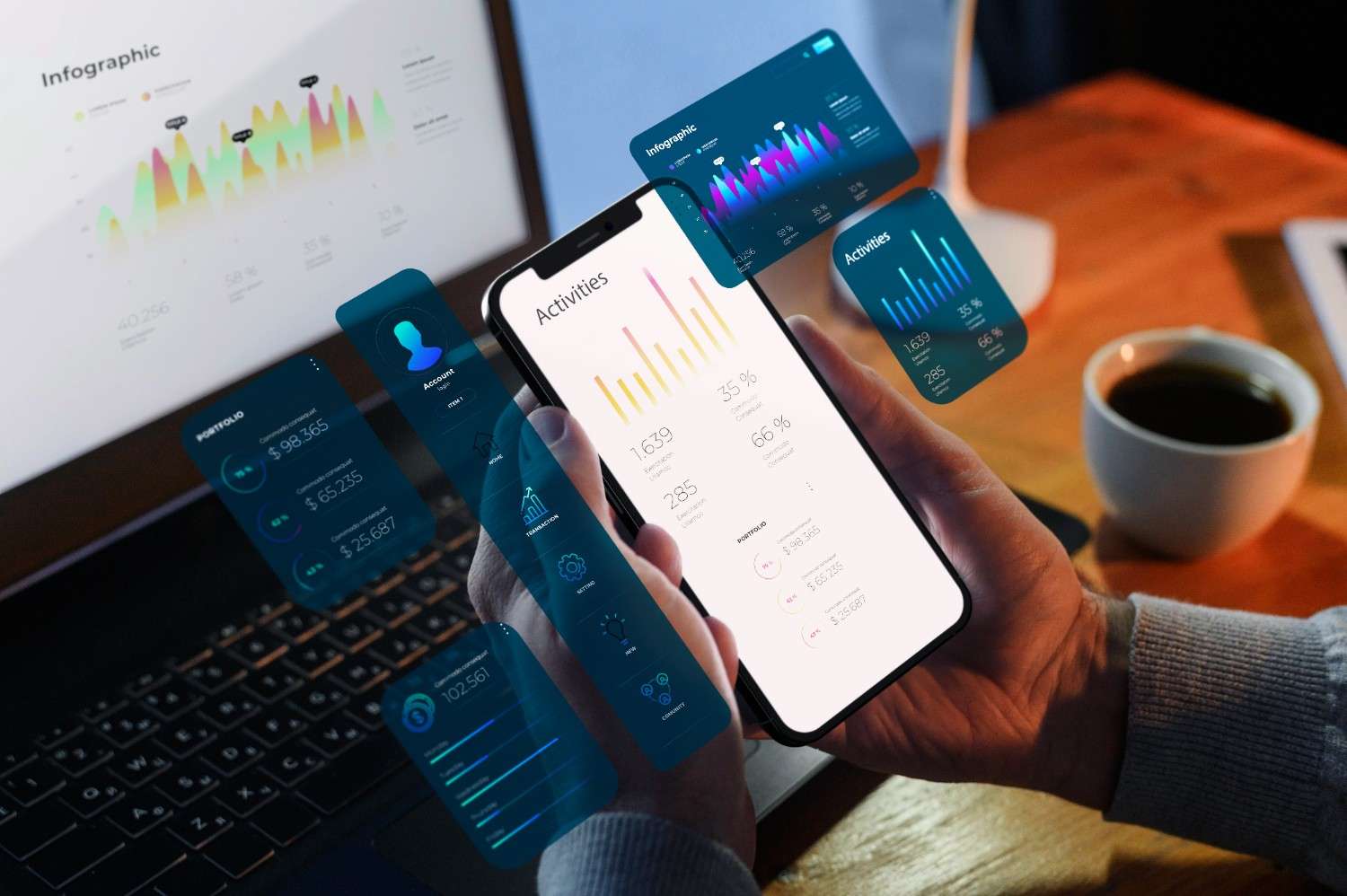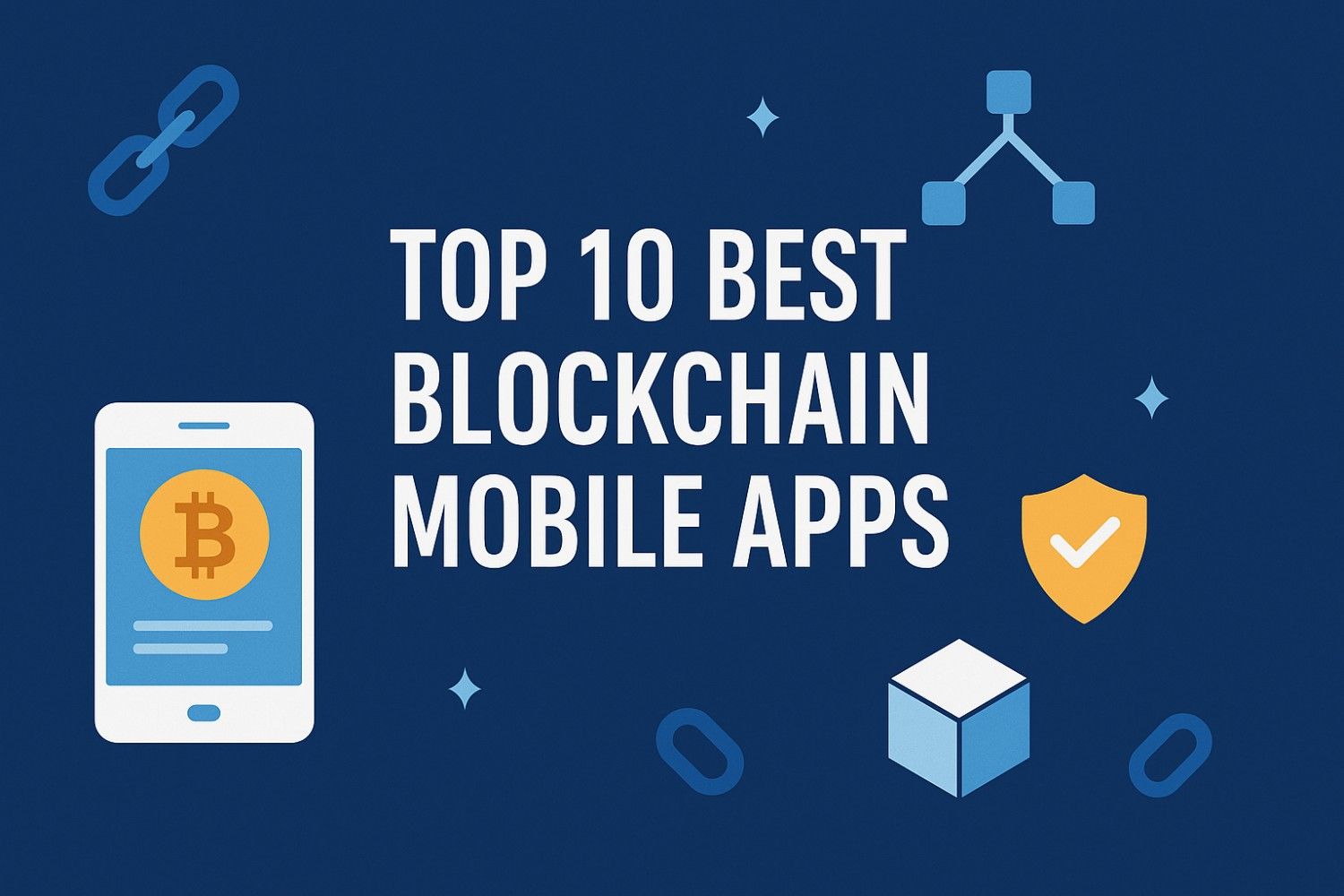If you care about crypto on the go, the top 10 best blockchain mobile apps can make the difference between smooth sailing and costly mistakes. I’ve sifted through recent roundups, official docs, and app listings to curate a list that balances security, utility, and true mobile usability—not just hype. (Think built-in dapp browsers, staking, multi-chain support, and hardware wallet hooks.)
What makes a blockchain mobile app worth your time in 2026?
I always start with three must-haves: self-custody (or clear custody status), security track record, and how fast I can get common tasks done—swaps, staking, bridging, and NFT actions—without desktop. I also look for multichain support and a dapp browser so I can connect to DeFi without weird workarounds. MetaMask, Phantom, and OKX Wallet stand out here because they combine multichain reach with a mobile dapp experience.

Which apps made my “Top 10” (and why)?
1) MetaMask
The OG for EVM chains, with a built-in mobile dapp browser and wide dapp compatibility. It’s still the most common “connect wallet” button you’ll see across DeFi. If you’re exploring Ethereum, L2s, and most EVM sidechains from your phone, this is the baseline.
2) Trust Wallet
A friendly, multi-chain wallet with in-app staking and a large token universe. If you want to stake from your phone, Trust Wallet’s flow is simple enough for beginners yet flexible for power users.
3) Phantom
Started Solana-first, now multichain, with a polished mobile experience, easy NFT gallery, and human-friendly safety prompts. Great for Solana-heavy users who still want EVM reach.
4) OKX Wallet
A powerful self-custodial wallet with DeFi, swaps, and NFT market access inside the app. Recent releases focus on multi-chain coverage (100+ networks), smart accounts, and flexible trading modes—handy if you’re a more active user.
5) Ledger Live (Mobile)
Perfect if you already use a Ledger hardware wallet. The app lets you monitor, swap, stake, and access curated dapps with hardware-level security. Just be sure to download from official sources; fake Ledger apps have circulated.
6) Base app (formerly Coinbase Wallet)
Coinbase rebranded its standalone wallet to Base app, keeping self-custody while leaning into the Base L2 ecosystem and smart wallets. If you live in Coinbase’s world and want mobile DeFi/NFTs with simple on-ramps, this is a seamless option.
7) Blockchain.com Wallet
A long-running wallet with buy/sell/swap, self-custody mode, and DeFi connectivity. If you want an all-in-one experience with a familiar brand and mobile convenience, it’s worth a look.
8) Rainbow
Loved for its design and real-time portfolio feel. The latest updates emphasize live balances and a broader dapp browser, making Rainbow a fun, approachable EVM wallet for everyday use.
9) Argent
A mobile-first smart-contract wallet known for seedless recovery options and clear UX for DeFi actions on Ethereum and L2s. If you hate seed phrases and want guardrails, Argent’s approach is refreshing.
10) Crypto.com Onchain Wallet (DeFi)
A good pick if you already use Crypto.com. The non-custodial wallet brings multi-chain access, dapp connections, and insights in a familiar interface, with both iOS and Android apps maintained actively.
How did I compare these blockchain mobile apps?
I weighted: (1) security model and custody, (2) mobile dapp access, (3) multichain breadth, (4) staking/swap UX, and (5) recent product momentum. I also looked at current news (e.g., Base rebrand, Ledger security advisories) to avoid recommending outdated or risky flows.

Which app is best for absolute beginners?
If you’re just starting, pick one with a gentle setup, clear wording, and straightforward actions. MetaMask, Trust Wallet, Phantom, and Base app all offer clean onboarding and huge dapp compatibility. You’ll find more guides and community answers for these than for niche wallets, which really matters on mobile.
Are there security tips I should follow before I install anything?
Yes—always download from official sites/app stores and never enter a seed phrase anywhere unexpected. With Ledger Live scams targeting users this year, vigilance is non-negotiable. Enable biometrics, set strong passcodes, and learn how recovery works before you move real funds.
Frequently Asked Questions
1. Which wallet is best if I plan to stake from my phone?
Trust Wallet and Ledger Live (with a Ledger device) make staking approachable in a few taps; OKX Wallet and Phantom also offer easy access to on-chain earning. The key is to confirm chain-specific APRs and lockups inside each app before committing.
2. Is Base app really different from Coinbase’s exchange app?
Yes. Base app (formerly Coinbase Wallet) is a self-custodial wallet focused on on-chain activity (DeFi, NFTs, Base L2). The Coinbase exchange app is custodial and centered on buying/selling. You can link accounts, but the custody model and use cases differ.
3. What’s the safest way to manage larger balances on mobile?
Use a hardware wallet (Ledger) for storage and connect via Ledger Live when you must act on mobile. Always verify you’re using official downloads; recent reports flagged fake Ledger apps targeting users. Never share seed phrases.
4. I’m deep into Solana. Do I still need an EVM-focused wallet?
Not strictly, but many ecosystems and airdrops live on EVM chains. Phantom now supports multiple chains, so you can start Solana-first and still dabble in EVM without juggling extra apps.
Final Take: Should you install all “top 10 best blockchain mobile apps” or just one?
Here’s my rule: start with one primary wallet that matches your chain of choice (MetaMask for EVM, Phantom for Solana-centric users, Base app if you like Coinbase’s ecosystem). Add a second wallet (OKX Wallet or Trust Wallet) for broader multichain reach, and keep Ledger Live in the mix if you’re serious about long-term security. That combo keeps you nimble—and safe—while still hitting the top 10 best blockchain mobile apps sweet spot without clutter.




